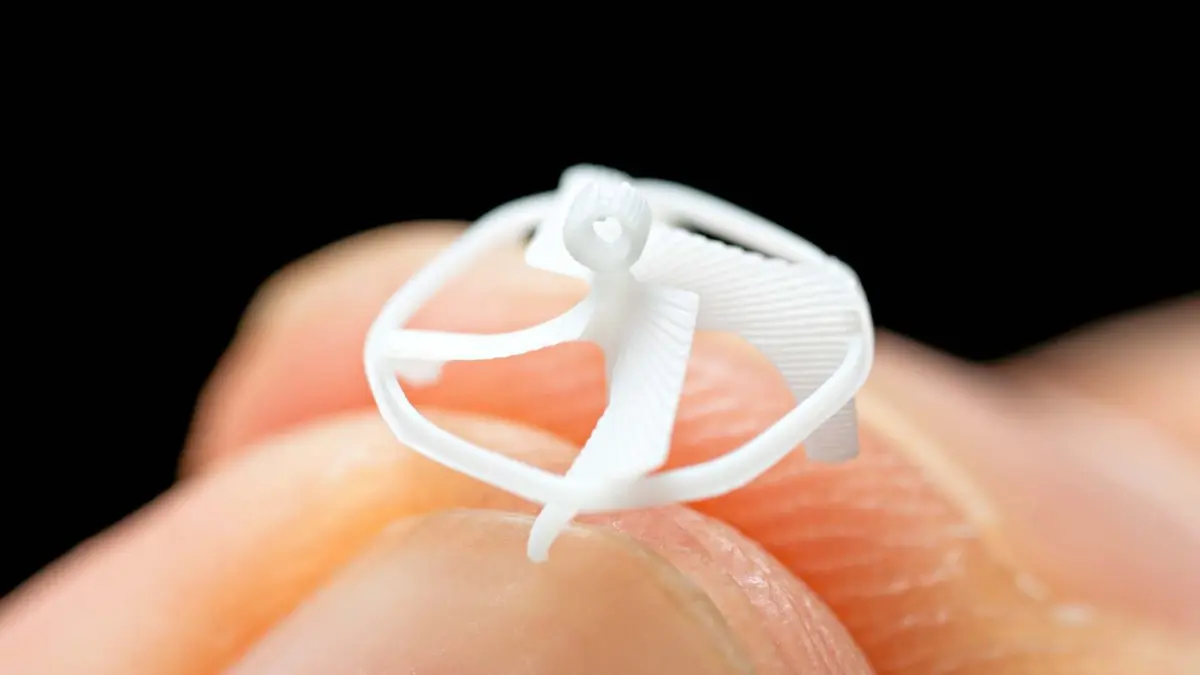
The robot was designed to mimic the flight behavior of insects like bumblebees. Adam Lau/Berkeley Engineering
A team at UC Berkeley has developed the tiniest wireless flying robot ever, inspired by bumblebees. Weighing just 21 milligrams and under a centimeter wide, this micro-drone can hover, maneuver, and hit precise targets using an external magnetic field. Its potential applications range from environmental monitoring to search-and-rescue missions.
Bee-Inspired Innovation
Designed to mimic the agility of bees, the robot features two small magnets that spin like a propeller when activated by a magnetic field, generating lift for flight. Professor Liwei Lin, a mechanical engineering expert at UC Berkeley, noted its ability to approach and strike targets with precision, akin to a bee collecting nectar. Unlike larger drones, this device overcomes the challenge of integrating bulky electronics by relying on external control, making it a breakthrough in micro-robotics.
Versatile Applications
At less than one-third the size of the next smallest comparable robot, this micro-drone excels in tight spaces. Fanping Sui, a recent UC Berkeley Ph.D. graduate and study co-author, highlighted its potential for tasks like artificial pollination or inspecting narrow areas such as pipes. While it currently lacks onboard sensors for real-time navigation—leaving it vulnerable to disruptions like wind—researchers aim to enhance its autonomy in future iterations.
Future Developments
The team plans to shrink the robot further, targeting a size under 1 millimeter to operate with weaker magnetic fields, such as radio waves. Alongside this flying marvel, UC Berkeley researchers have introduced a cockroach-inspired robot that withstands heavy pressure and swarming micro-robots that collaborate like ants. These 5-millimeter devices could revolutionize fields like minimally invasive surgery by forming chains to perform complex medical tasks with precision.
This tiny technology marks a significant step forward in robotics, with broad implications for science and industry.



